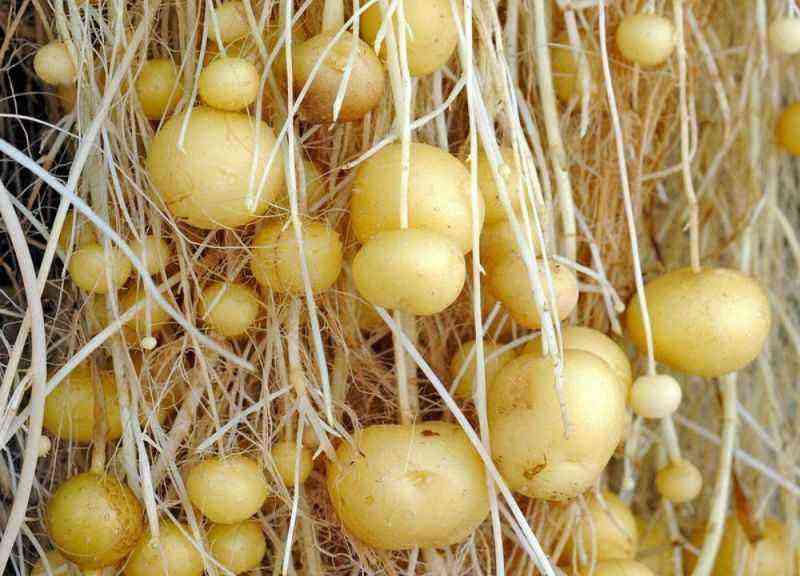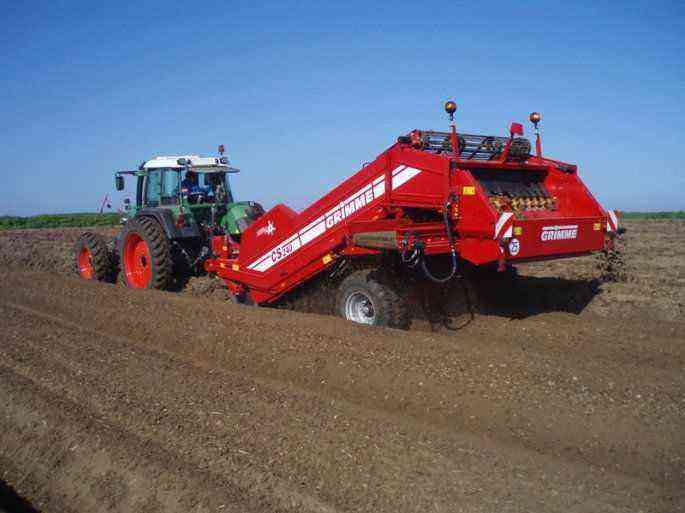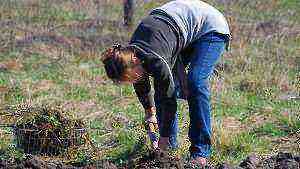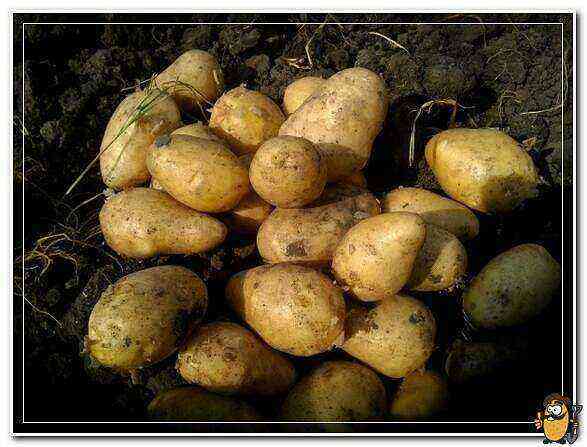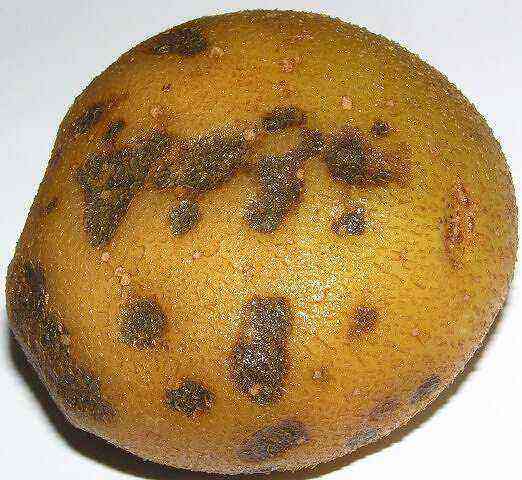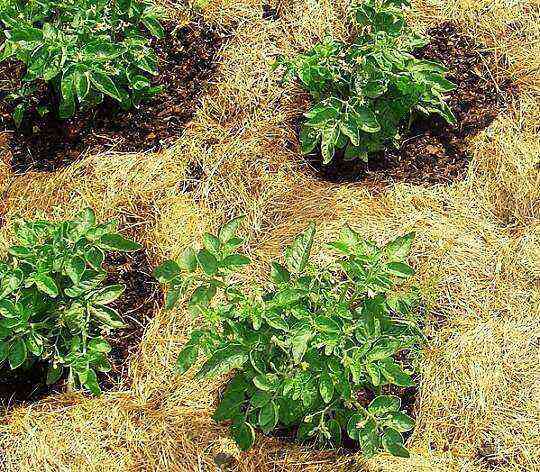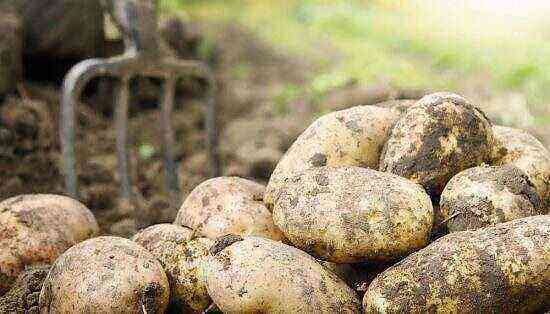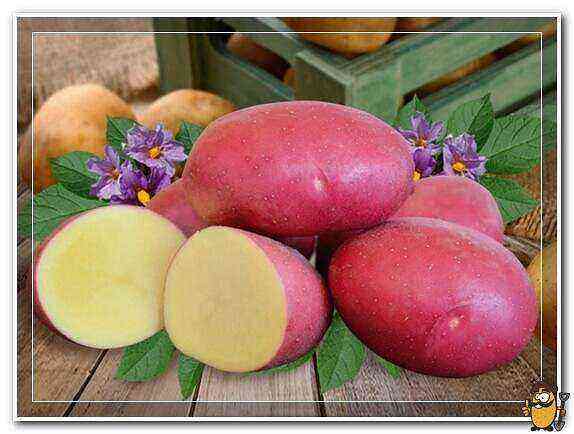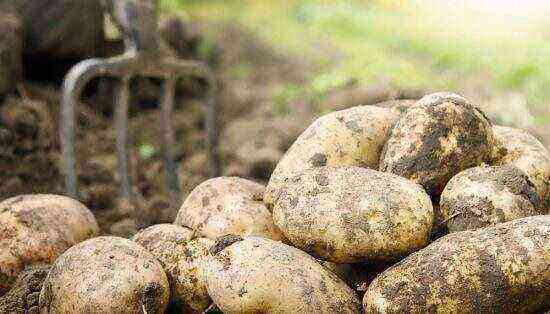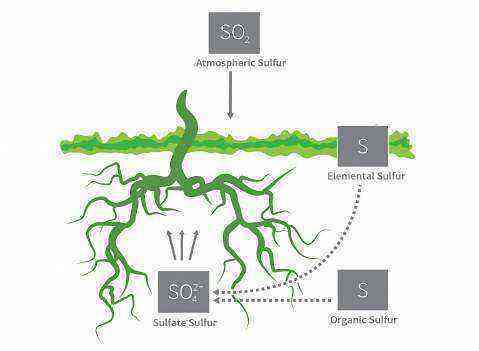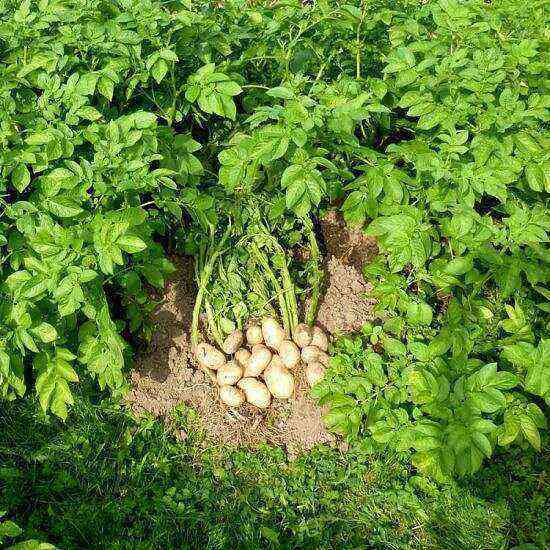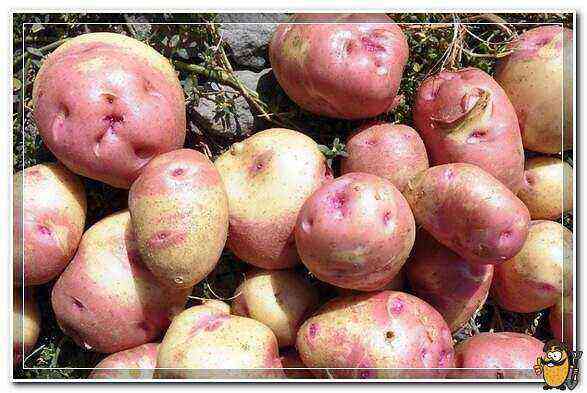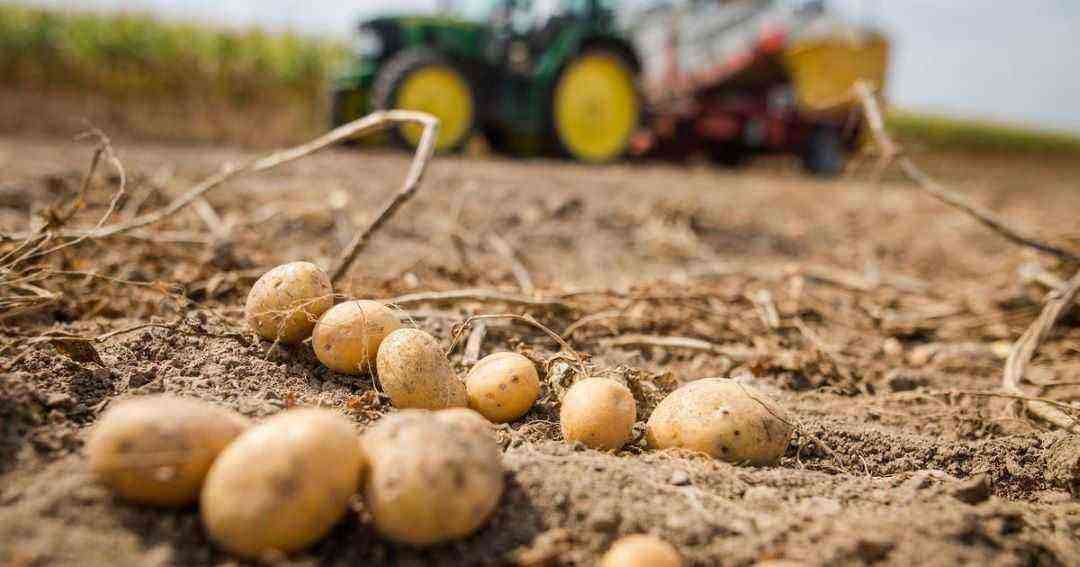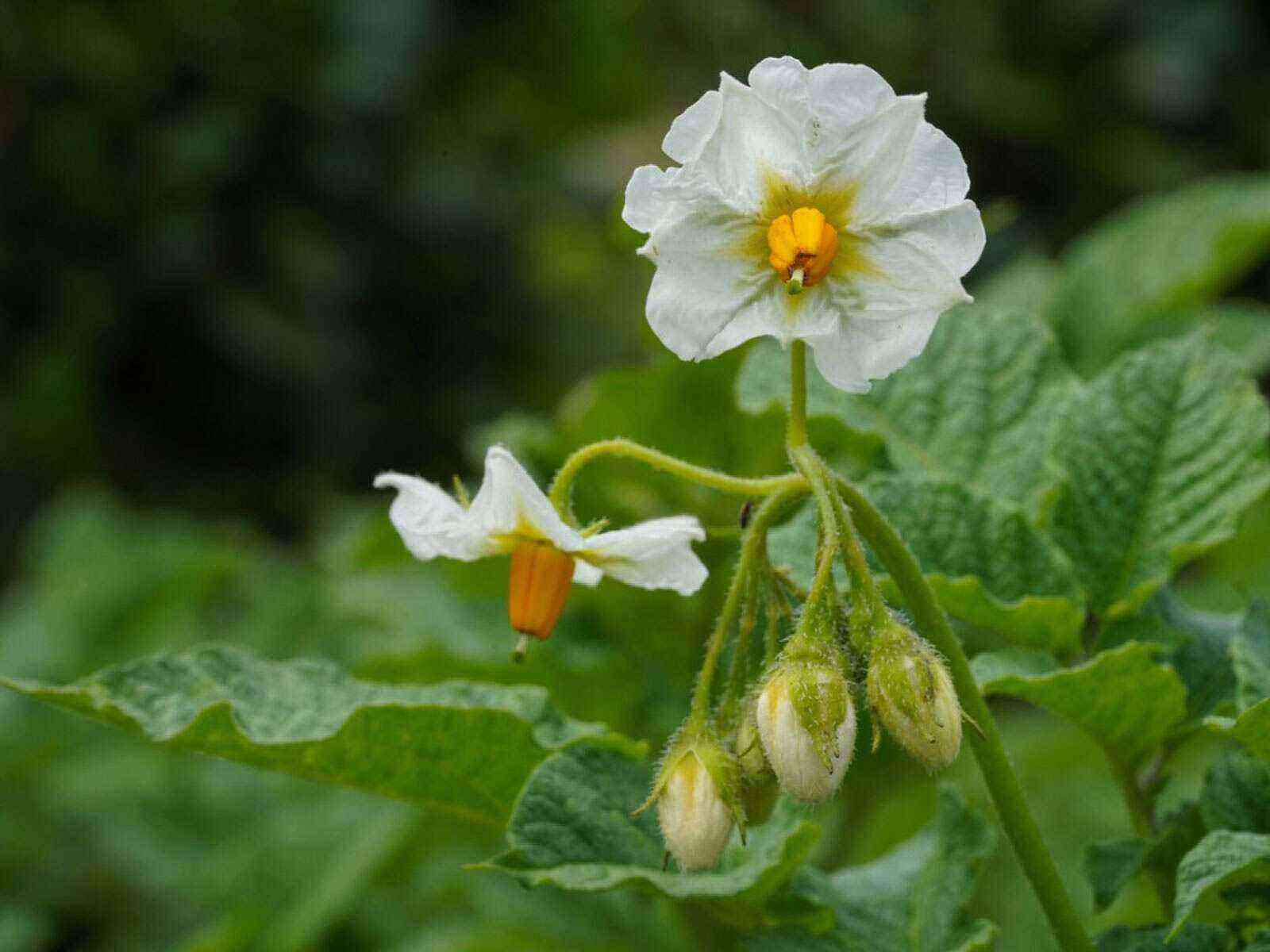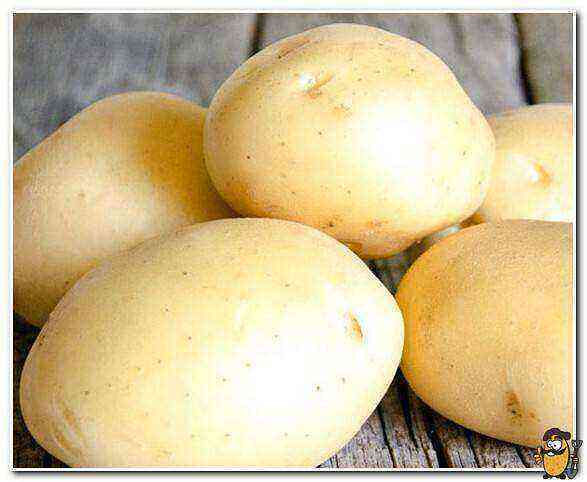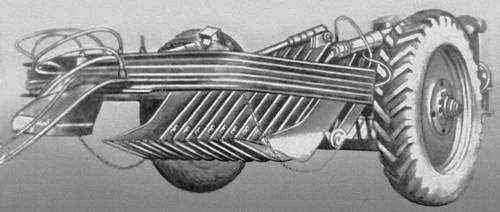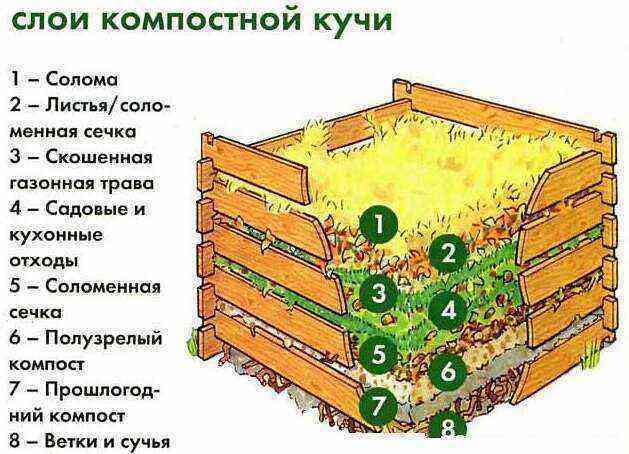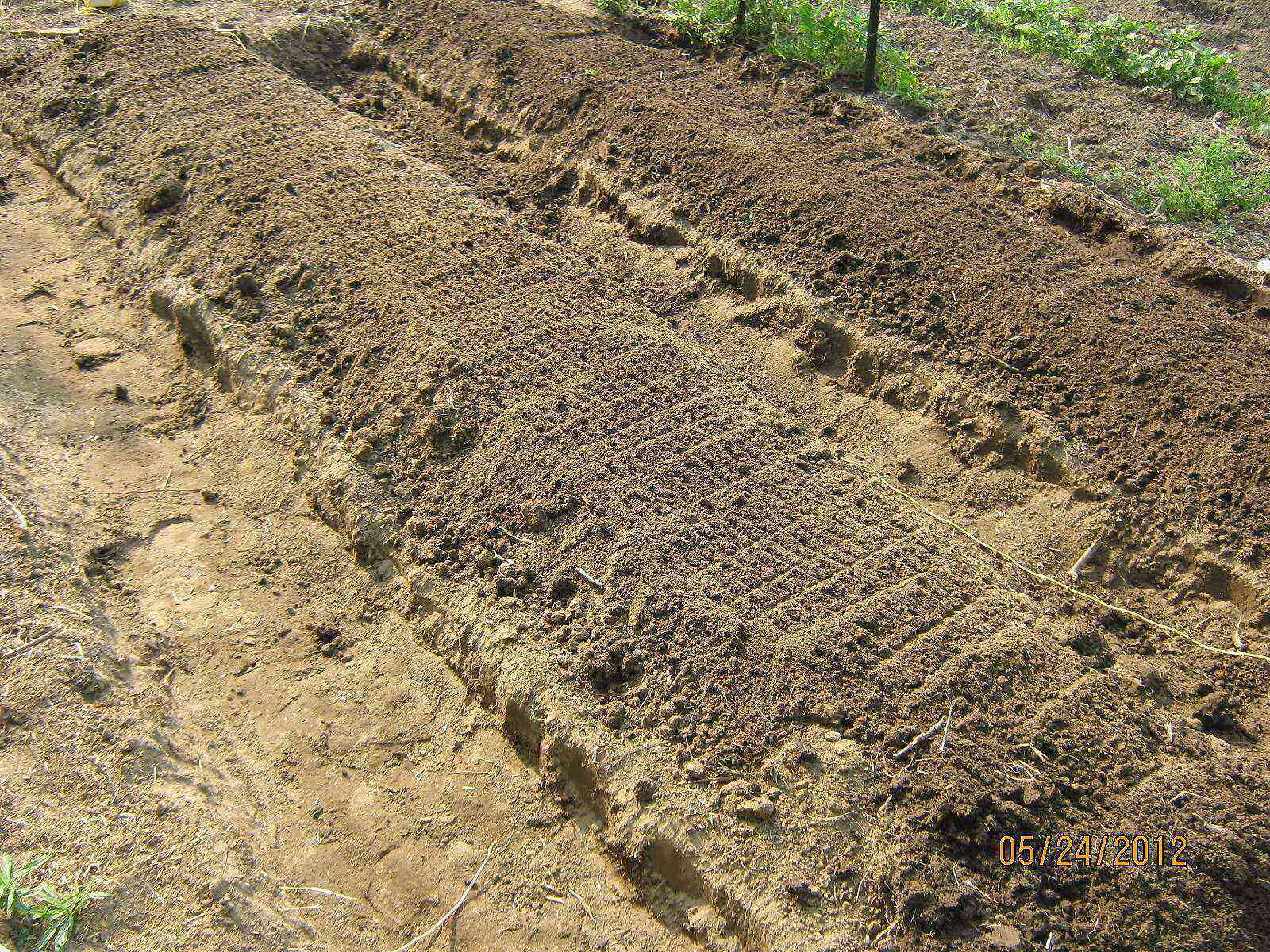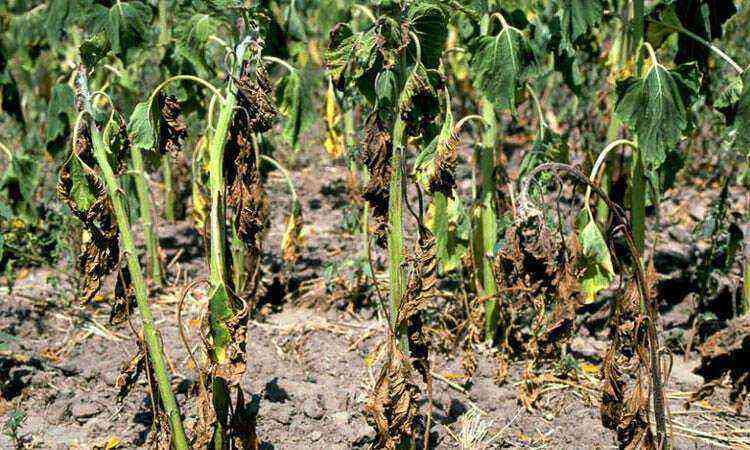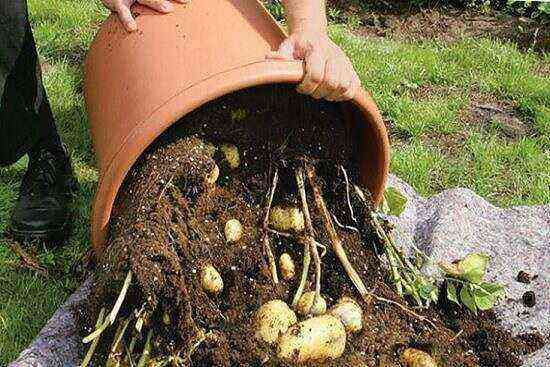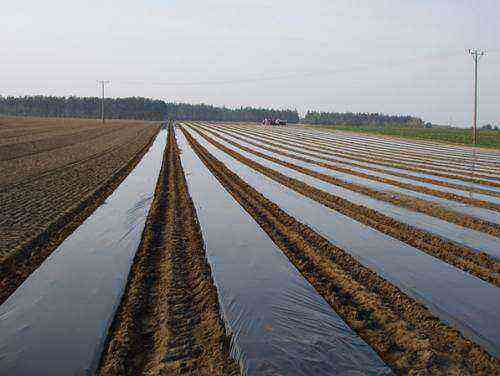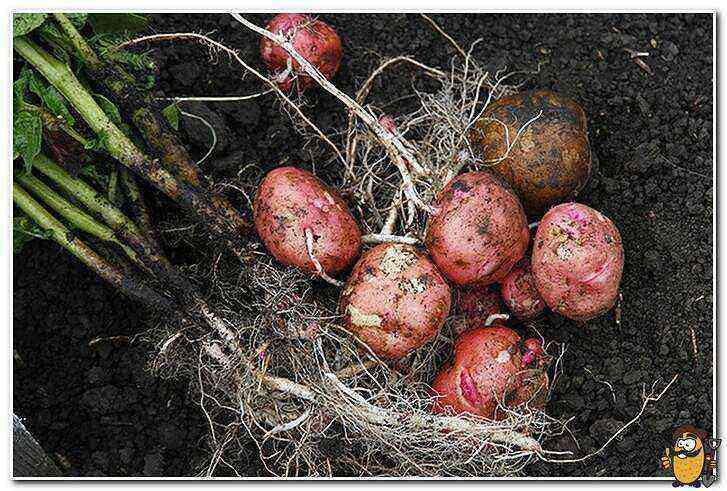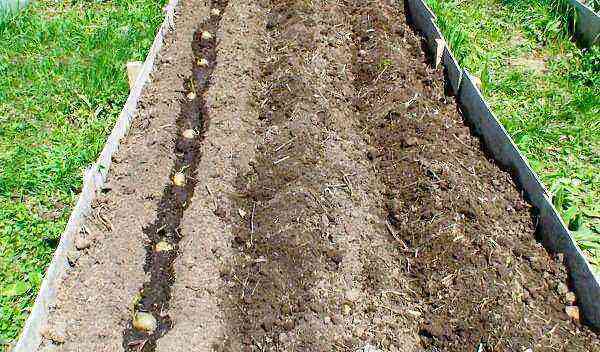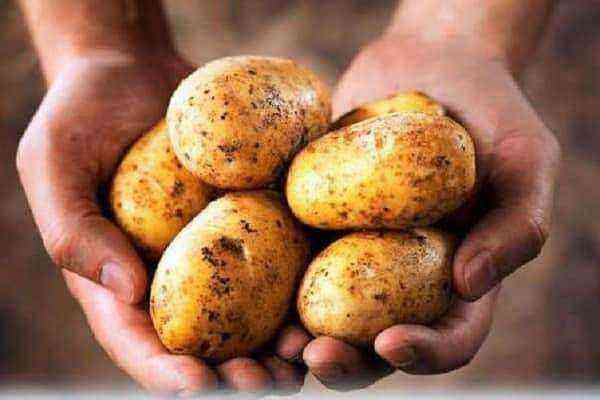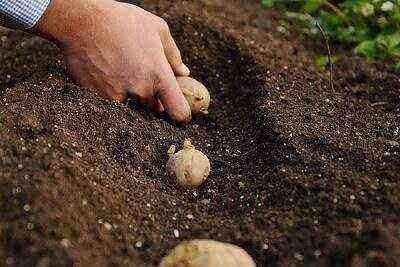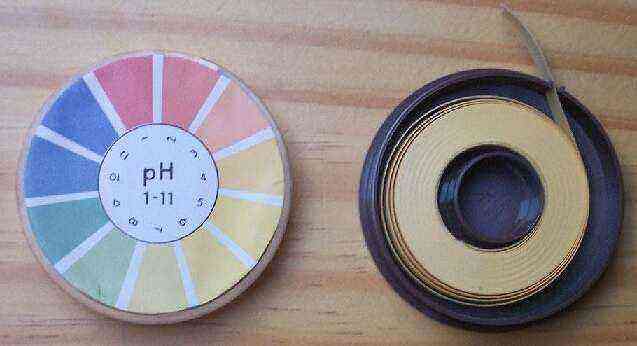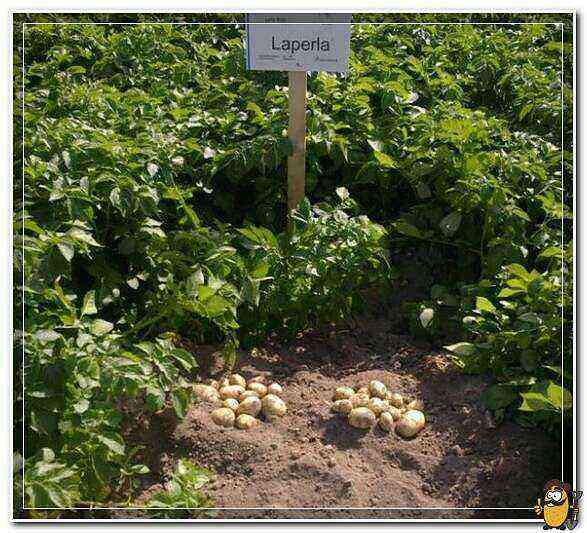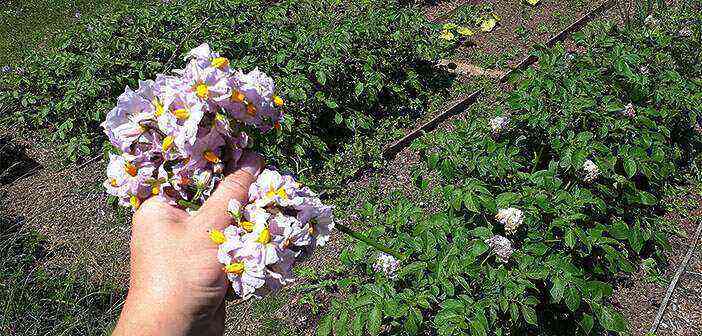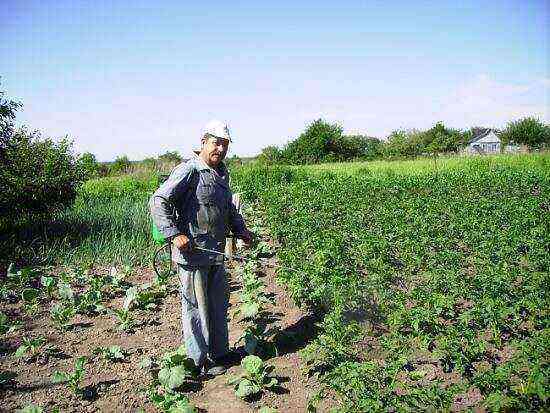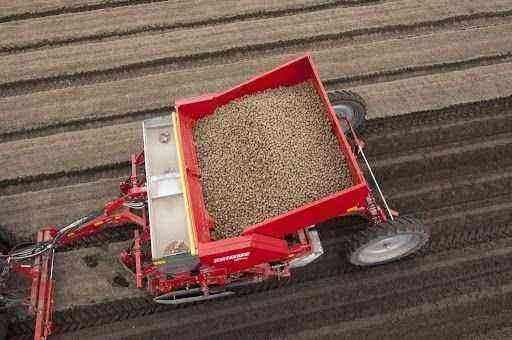The keeping quality of tubers is based on their biological property to be in a state of deep physical rest after harvesting. The length of the dormant period depends on the variety, growing conditions and storage conditions.
The metabolism in dormant tubers is reduced to a minimum. Release of carbon dioxide at a temperature of +4 degrees. C is 3-6 mg / kg per hour (depending on the variety). At the end of dormancy at the beginning of tuber germination, the respiration rate increases by 3-5 times or more.
An important biological feature of tubers is the ability to renew the integumentary tissue in places of mechanical damage. Scarring of lesions in growing and freshly harvested tubers is best. This ability is preserved in the first period of storage, but is lost with the beginning of the formation of shoots.
With the right choice of the timing of cleaning, maintaining the temperature of + 10 … + 18 degrees C in the first two weeks of storage, relative humidity of 90 … 95% and intensive ventilation, the formation of a new integumentary tissue occurs successfully. This storage period is called curative. Its duration is determined by the degree of damage to tubers and maturity.
The processes of interconversion of starch into sugar and sugar into starch are of great technological importance. Ripe tubers under normal storage conditions contain on average 15 … 18% starch and 0,5 … 1,5% sugars. When the temperature drops below + 3oC due to the saccharification of starch, an intensive accumulation of sugars occurs. At the same time, the reverse transformation of sugars into starch takes place. However, at a lower temperature, this process is slower, which is the reason for the accumulation of sugars. With the accumulation of sugars up to 7 … 8%, the tubers become sweet in taste. The process of accumulation of sugars during short-term cold storage is reversible with subsequent thawing of tubers. As a result, the tubers become physiologically healthy, their taste becomes normal.
The accumulation of sugars in tubers should be considered as a protective reaction to hypothermia.
The formation of dark-colored zones inside the tubers occurs under mechanical influences: harvesting, sorting, packing and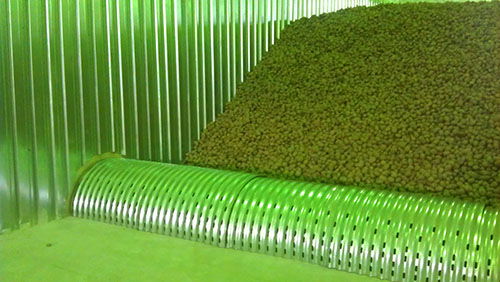 etc. In all cases, when the tubers tissues are damaged in any way, dark spots are formed in them during cold storage. It is necessary to sort and pack the tubers before selling after warming the tubers in warm and bright rooms.
etc. In all cases, when the tubers tissues are damaged in any way, dark spots are formed in them during cold storage. It is necessary to sort and pack the tubers before selling after warming the tubers in warm and bright rooms.
Potatoes are distinguished by a relatively low heat and moisture release. Therefore, the sorted tubers can be stored in a layer of 1,6 … 1,8 m with natural ventilation and up to 5 m with active ventilation. Intensive air exchange is facilitated by a high duty cycle: 42 … 48% for medium ones, 35 … 40% for small tubers.
The permissible drop height of tubers on metal is 20 cm, on a tree – 30 cm, on loose soil – 100 cm, on tubers – 30 cm.
Storage conditions.
Storage of ware potatoes is divided into the following periods – post-harvest (medical), basic (forced dormancy) and spring (after the start of germination).
The treatment period lasts from several days to 3 weeks. For ripe tubers with minor damage during harvesting, its duration is minimal. For immature tubers with a fragile skin and significant mechanical damage, its duration is maximum. During the treatment period, it is necessary to create conditions for the ripening of tubers and scarring of mechanical damage. This is facilitated by the temperature + 15 … + 20 degrees. С and relative air humidity 85 … 95%. By the end of the period, the temperature is reduced to +10 degrees. From and go to cooling to + 2 … + 6 degrees. C. If these conditions are not observed, an increased emission of carbon dioxide is observed.
During the transition from the treatment period to the main one, the average daily temperature is reduced by 0,5 … 1 deg. FROM.
Relative air humidity in the main period should be 90 … 95%. In order to prevent the development of late blight, the storage temperature can be reduced to +1 degrees. FROM.
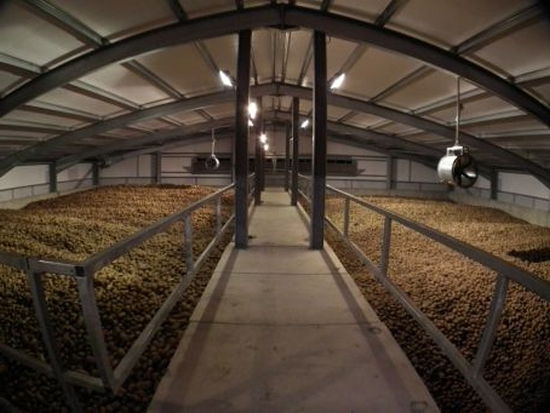 Spring period. To prevent tuber bud germination, the temperature in the storage facilities is reduced by 1-3 degrees. C compared to the main period. Due to the high heat capacity of the tubers, it is possible to create a cold reserve and prevent an increase in temperature in the stacks of potatoes.
Spring period. To prevent tuber bud germination, the temperature in the storage facilities is reduced by 1-3 degrees. C compared to the main period. Due to the high heat capacity of the tubers, it is possible to create a cold reserve and prevent an increase in temperature in the stacks of potatoes.
When storing seed potatoes, at the time of planting the tubers, it is necessary to stimulate the formation of short sprouts that would not break off during planting. For this purpose, it is necessary to apply heating of tubers in the light at a temperature of + 15 … + 18 degrees. From within 2-3 weeks. This contributes to better plant development and higher yields.
Storage technology and stages.
The first link in potato storage technology is harvesting. One to two weeks before harvesting, the tops must be mowed with mowers – shredders or destroyed with desiccants. Together with the tops of the field, pathogens of many diseases (especially phytophthora) are removed, which excludes the re-infection of tubers, their peel coarsens, which reduces their injury during harvesting.
During harvesting, it is advisable to carry out field sorting, remove diseased and damaged tubers. In specialized potato farms, there should be special areas under a canopy, equipped with ventilation units for drying batches of wet products and conducting a treatment period, sorting, packing tubers, their temporary storage with subsequent mechanized reloading for winter storage. It is unacceptable to store lots of potatoes that are severely damaged by late blight, frostbitten, with suffocation. Potatoes are stored in piles, trenches and storage facilities. For farms that are still characterized by a small volume of production, we will consider the option of storing potatoes in storage facilities. In storages with natural ventilation, it is placed in bins with a layer of up to 1,8 m – seed and up to 2,2 m – food. When loading potatoes into the bins, they try not to damage the tubers; walking on the embankment is unacceptable. To prevent sweating in bins with natural ventilation, the surface of the embankment is covered with loose heat-insulating material – straw, straw mats, matting, burlap, etc. In this case, the sweat layer moves to the heat insulator and moistens it, not tubers. The heat insulator should be replaced periodically. If the potato loading layer is not more than 1,4 m, then a certain effect is given by the device of ridges on its surface. Alternating ridges with a height of 0,5m help dissipate heat from the stack and reduce the likelihood of sweating.
When storing valuable planting potatoes, they are laid in small boxes, which are stacked in blown stacks. Effectively dusting tubers with chalk.
In storage facilities with active ventilation, potatoes are placed in bins with blank walls up to 5 m high. In them, you can create a specific mode for each variety.
The arrangement and equipment of storage facilities in accordance with the requirements of the culture will allow you to preserve tubers for a period (up to a new harvest), reduce its losses to a minimum, create conditions for obtaining a larger harvest in the next season, recoup the costs of its arrangement in a short time, and make work pleasant and high performance.
